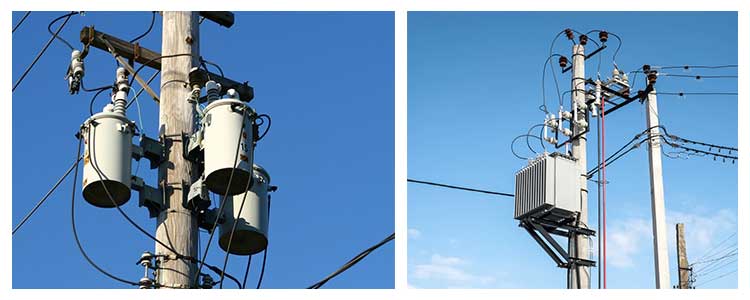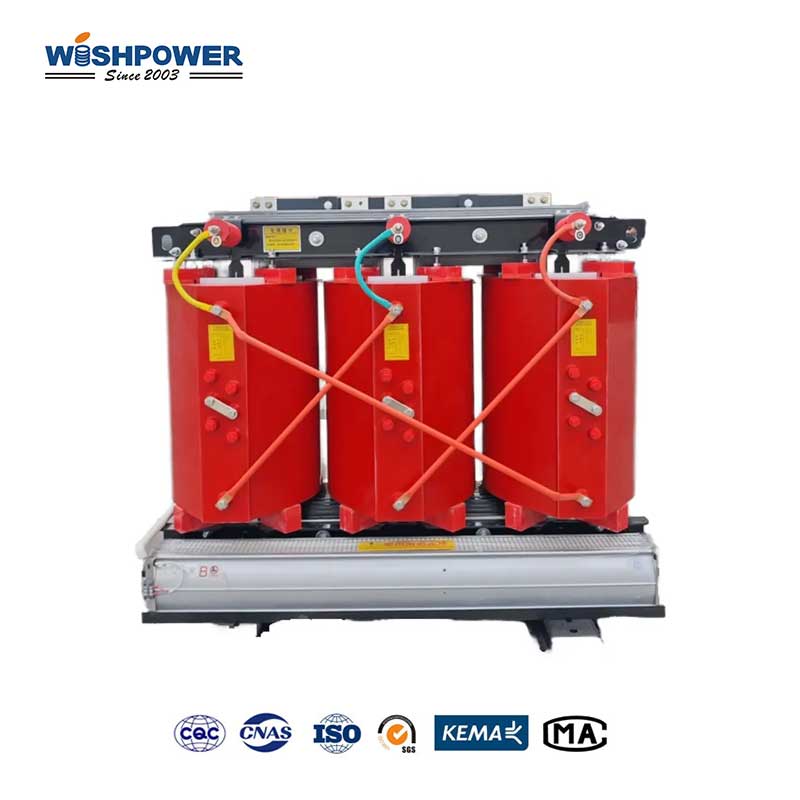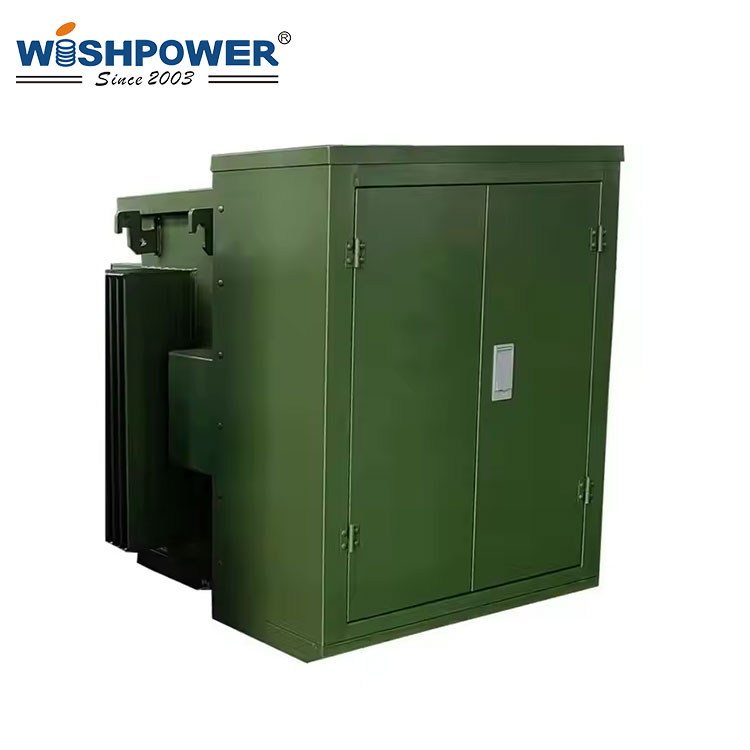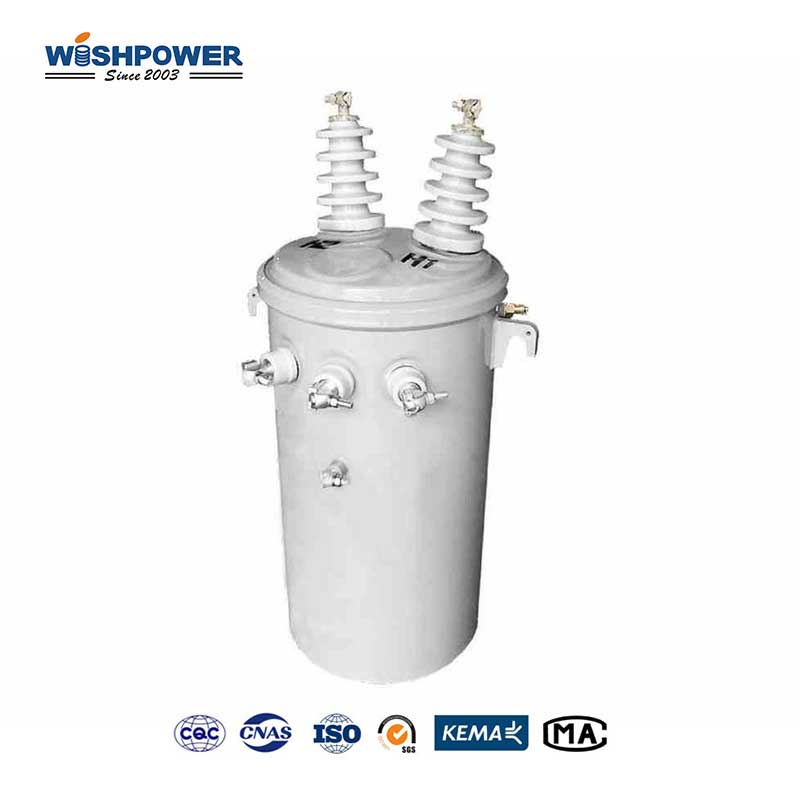Modern power distribution systems depend on pole-mounted transformers. They consist of a group of these devices mounted on utility poles that lower high-voltage electricity down to a lower voltage that can be used in residential or commercial applications. Their visibility in urban and rural areas makes the safety question an important one.

Pole-Mounted Transformers Safety Features
- Robust Construction
Pole-mounted transformers are designed to resist such harsh environments as extreme weather, high winds, and temperature fluctuations. The high-quality materials it is made of, steel or aluminum, to avoid corrosion as well as physical damage.
- Insulation and Cooling
Transformer parts are insulated against electrical faults. Heating systems like mineral oil or air-cooled systems integrate so that the heat can be dissipated efficiently without overheating, or the fear of fire.
- Overload Protection
Today’s pole-mounted transformers are protected from over-current surges or short circuits with fuses or circuit breakers for overload protection.
- Grounding Systems
An effective grounding system is used to safely drain any excess electricity into the ground if a fault, to protect the transformer and the surrounding ground.
Common Safety Concerns
- Electrical Shock
Improper handling or faulty components subject live electrical parts to risk of electrical shock to workers or the public.
- Fire Hazards
Fires rarely happen from overheating or oil leakage. Nonetheless, the risk associated with fire is reduced by using fire-resistant materials and mainly through routine maintenance.
- Environmental Impact
If leaks occur, oil-filled transformers can become a source of environmental risk. More and more frequently, biodegradable oils are being used as an alternative to traditional mineral oils.
Measures to Ensure Safety
- Regular Maintenance
However, pole-mounted transformers operate by undergoing routine inspections and maintenance. A technician looks for signs of wear, oil leaks, or electrical faults.
- Proper Installation
As the installation is professional, it must follow industry standards. Safety risks are minimized if proper mounting, proper connections, and adherence to voltage requirements are used.
- Public Awareness
It is also important to educate the public on the importance of keeping a safe distance from pole-mounted transformers to prevent accidental contact and injuries. In high-risk areas warning signs and fencing are often used.
Regulatory Compliance Standards
Pole-mounted transformers are regulated and standardized too for safety and reliability. They provide us with guidelines for design, installation, and maintenance. Organizations such as both, the International Electrotechnical Commission (IEC), and the American National Standards Institute (ANSI). The standards that are complied with ensure that transformers are safe when used in diverse environments.
Advantages of Pole-Mounted Transformers
- Efficient Power Distribution
Pole-mounted transformers step down high voltage electricity for the safe delivery of power to homes and businesses.
- Space-Saving Design
Still placed on poles rather than on the ground, they clear some of the dense places and can be safer against tampering or damage.
- Cost-Effective Solution
Typically, a pole-mounted transformer is a less expensive system to install and maintain than other types of transformers, making them a good choice for many power distribution networks.
Are pole-mounted transformers safe?
Designed, installed, and maintained according to industry standards, pole-mounted transformers are a safe and reliable means of power distribution. Despite their feature-rich safety, technology has progressed, they have even more stringent regulatory compliance and they minimize the risk. These may be maintained through regular maintenance, public awareness, and certainly the foundation of best practices.
If you have different opinions or want to know more, please leave a message on the website or contact us directly at info@wishpower.net

















